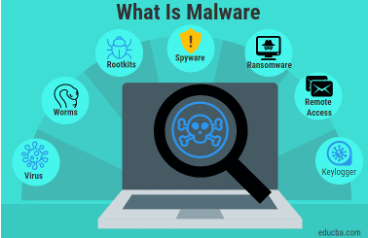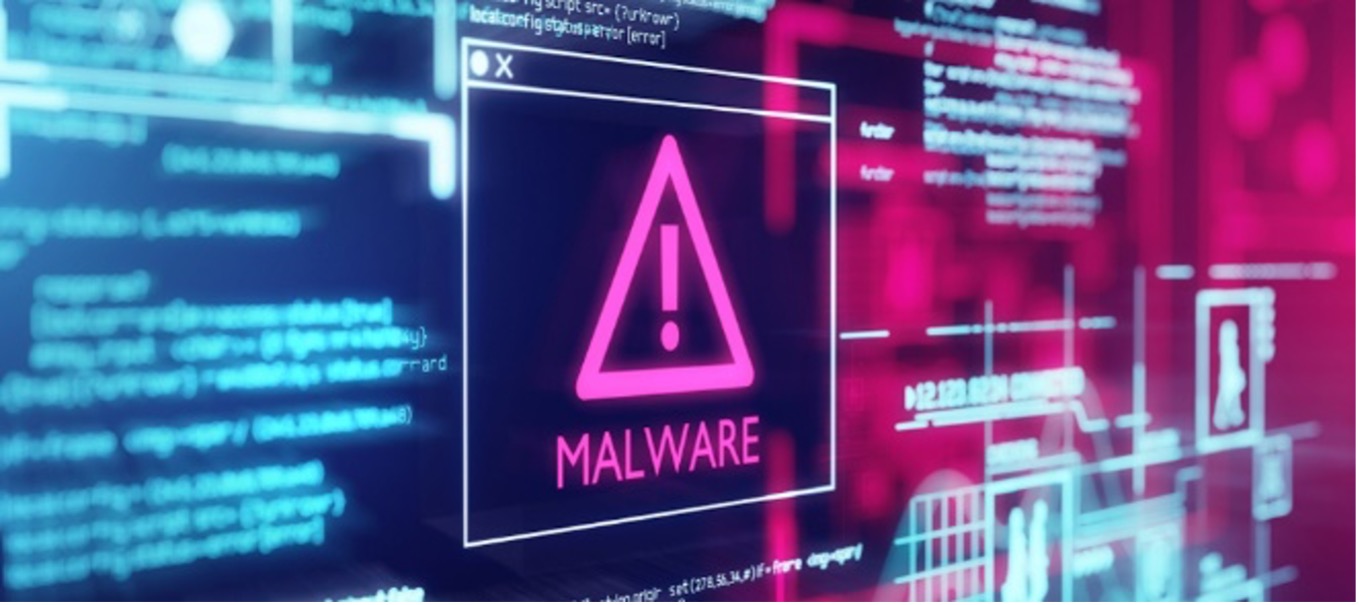Just as we protect ourselves everyday when we step out of our houses, we also need to protect our computers and mobile devices from dangerous softwares, which are sometimes put in place to disrupt our privacy and hack into our system. One of these software we should beware of is called a Malware.
What is Malware? Malware, short for “Malicious Software”, is any software designed intentionally to cause disruption to a computer, server, client’s network, leak private information, obtain unauthorized access to data and information in the system, and deprive users access to information while interfering with the computer’s security.
Malware is a very popular software, existing in our devices. According to Avi Rubin, “People’s computers are not getting more secure. They’re getting more infected with viruses. They’re getting more under the control of Malware”. And because Malware comes in different ways, there are several methods to infect the computer systems. Malware functions with these common objectives:
- Access and steal sensitive data
- Surf the infected user’s local network
- Send spam messages from the infected device to several targets.
 TYPES OF MALWARES
TYPES OF MALWARES
- Trojan Horse: A trojan horse is a harmful program that disguises itself to come as a regular program or utility to persuade a victim to install it. A trojan horse usually carries a hidden destructive system that gets activated when the user installs the application.
- Rootkits: Once a malicious software is installed on a system, it is important that it stays hidden, to avoid it being discovered. Software packages such as rootkits allow this hidden feature, by modifying the host’s operating system so that the Malware is concealed from the user. Rootkits can prevent a harmful process from being visible in the system or keeping its files from being read.
- Backdoor: According to Wikipedia, “A backdoor is a method of bypassing normal authentication procedures, usually over a connection to a network such as the internet”. Once a system has been compromised or tampered with, some backdoors may be installed to allow access for future purposes, which would remain invisible to the user.
- Worms: A worm replicates itself by infecting other computers on the same network. They’re structured to interrupt networks.
- Adware: Adware is an unwanted software that displays advertisements on your screen. Adware collects your personal information from you to supply more personalized ads.
 HOW TO PREVENT MALWARE INFECTION
HOW TO PREVENT MALWARE INFECTION
- Install an Anti-virus software: Anti-virus programs scan computer files to identify and remove Malware. They protect your computer from unverified and unwanted access and keep your software free of all infections and viruses.
- Use secure authentication methods: Always use a strong password with at least eight characters, enable multi-factor authentication like security password questions, as a form of additional password.
- Normalize the use of biometrics tools like fingerprints, facial recognition, etc.
- Keep your software updated: There is no software that is 100% safe from Malware. However, software vendors provide updates regularly to end whatever new vulnerabilities show up.
- Implement E-mail security: E-mail is an important tool in all businesses and needs to be protected at all costs, to avoid malicious attacks and penetration from cyber criminals
CONCLUSION
Our computer systems are vulnerable to attacks from cyber criminals, who make use of several social engineering methods to penetrate the system and hack into files. It’s always safe to be aware of these acts and be vigilant enough to prevent them.
We are Platview Technologies. We are an innovative and agile cybersecurity company with the goal of safe-guarding businesses with our world-class, industry-leading services and technology solutions. We commit to understanding your business objectives and goals to align a tailored security services and strategy allowing your business to grow without added security risk.



Recent Comments